When a brand-name drug’s patent runs out, the market opens up for cheaper generics. But here’s the twist: the original drugmaker often launches its own version - same pills, same ingredients, no brand name. These are called authorized generics. They’re not some new kind of generic. They’re literally the exact same drug the brand company made, just sold under a different label. And they’re a smart, strategic move to keep revenue flowing when competitors rush in.
What Exactly Is an Authorized Generic?
An authorized generic is a prescription drug made by the same company that produced the original brand-name version. It has the same active ingredient, the same inactive ingredients (like fillers and dyes), and the same manufacturing process. The only difference? No brand name on the bottle. You won’t see "Celebrex" on the label - you’ll see "celecoxib." But inside? Identical. Unlike regular generics, which must prove they’re bioequivalent through an Abbreviated New Drug Application (ANDA), authorized generics skip that step entirely. They’re marketed under the original New Drug Application (NDA) the brand company already got FDA approval for. That means they don’t show up in the FDA’s Orange Book, where traditional generics are listed. The FDA confirms this: authorized generics are considered therapeutically equivalent because they’re the same product, just repackaged. You might think, "Why not just sell the brand drug at a lower price?" Because once a patent expires, other companies can legally make copies. The brand company can’t stop them. But by launching its own generic version, it gets to control part of the market - and keep some of the profit.Why Do Brand Companies Do This?
It’s not charity. It’s business. When a patent expires, the first generic company to file gets 180 days of exclusivity under the Hatch-Waxman Act. During that time, they’re the only generic on the market - and they can charge higher prices than they would if others joined in. That’s when brand companies step in with their own authorized generic. By launching their version during that 180-day window, they split the market. The first generic company can’t monopolize sales. Prices drop faster. Consumers win. But the brand company still gets a piece of the action. According to a 2022 study in Health Affairs, between 2010 and 2019, there were 854 authorized generic launches in the U.S. About 70% of them hit the market before or during the first generic’s exclusivity period. That’s not random. That’s planned. The Federal Trade Commission (FTC) found in 2011 that when authorized generics entered the market during exclusivity, prices were 15-20% lower than in markets without them. That’s real savings for patients and insurers. But here’s the catch: some industry critics argue this strategy delays broader generic competition. If the brand company’s version takes up shelf space, other generic makers might hold off - thinking the market is already crowded.Authorized Generics vs. Traditional Generics: What’s the Real Difference?
Let’s clear up the confusion. Many people think "generic" means "different formula." But with authorized generics, that’s not true. | Feature | Authorized Generic | Traditional Generic | |---------|---------------------|---------------------| | Manufacturer | Same as brand-name drug | Different company | | Active Ingredient | Identical | Identical | | Inactive Ingredients | Identical | May differ | | FDA Approval Path | Under brand’s NDA | Through ANDA | | Listed in Orange Book? | No | Yes | | Bioequivalence Proven? | Not needed - it’s the same drug | Required | | Price | Usually lower than brand, similar to generic | Typically lowest price | The big deal with inactive ingredients? For some drugs - especially those with a narrow therapeutic index (like levothyroxine or warfarin) - even tiny changes in fillers can affect how the body absorbs the drug. Patients stabilized on a brand drug might have issues switching to a traditional generic because of these differences. But with an authorized generic? No change. Same formulation. Same results. Examples include:- Colcrys (brand) → Colchicine (authorized generic by Prasco)
- Concerta (brand) → Methylphenidate ER (authorized generic by Actavis)
- Celebrex (brand) → Celecoxib (authorized generic by Greenstone, Pfizer’s division)
- Unithroid (brand) → Levothyroxine (authorized generic by Jerome Stevens)
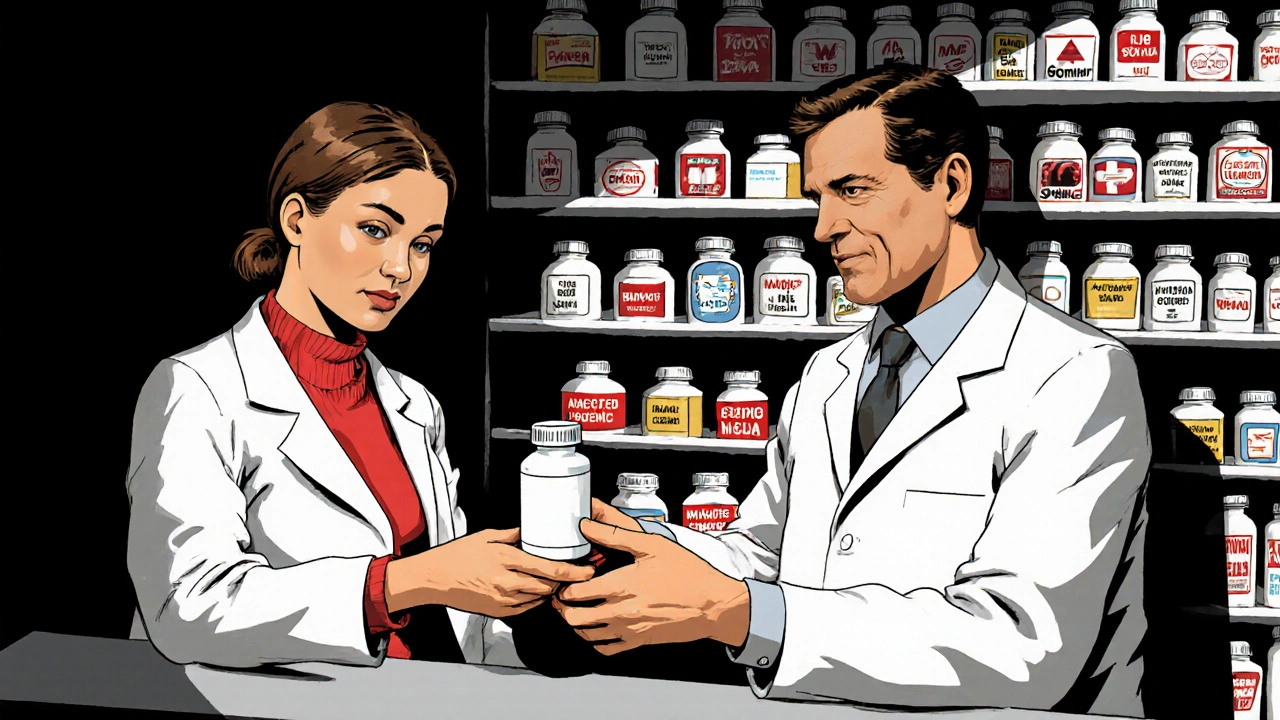
Why Patients Get Confused
Here’s where things get messy. Patients don’t know what an authorized generic is. They see a pill that looks like the brand they’ve been taking - but it’s cheaper. They think, "Is this even a real generic?" Or worse: "Did they change my medicine?" A 2023 survey by Pharmacy Times found that 68% of pharmacists reported patients were confused about authorized generics. One patient on Drugs.com wrote: "I got this ‘generic’ but it looks identical to the brand I used before - is this actually generic?" That confusion isn’t just annoying. It can lead to non-adherence. If someone thinks they’re getting a "lower quality" version, they might stop taking it. Or worse - they might switch back to the expensive brand, even if they can’t afford it. Pharmacists are stuck in the middle. They know the science. But explaining it in 30 seconds during a busy prescription pickup? Nearly impossible. Some pharmacies have started using software flags in their systems to highlight authorized generics. Epic Systems added this feature in 2021, cutting identification errors by 67%.Who Benefits? Who Loses?
The FTC says consumers win. Lower prices during the critical 180-day window mean more people get access to affordable meds. Pharmacy benefit managers like Express Scripts and OptumRx actively promote authorized generics because they’re seen as high-quality alternatives. But not everyone agrees. The Generic Pharmaceutical Association (GPhA) worries authorized generics act as a barrier to entry for independent generic manufacturers. If the brand company owns the first generic version, smaller companies might not get a fair shot. Dr. Jerry Avorn from Harvard called it a "sophisticated market manipulation strategy." He’s not wrong. Brand companies are protecting their profits. But the outcome? Lower prices for patients. That’s not always bad. For patients with chronic conditions - especially those on drugs where tiny formulation changes cause big problems - authorized generics can be a lifesaver. A Reddit thread from a pharmacist in 2022 had over 140 comments. One user wrote: "I’ve seen patients stabilized on brand who failed on traditional generic but did fine on authorized generic. Same drug. Same results. No drama."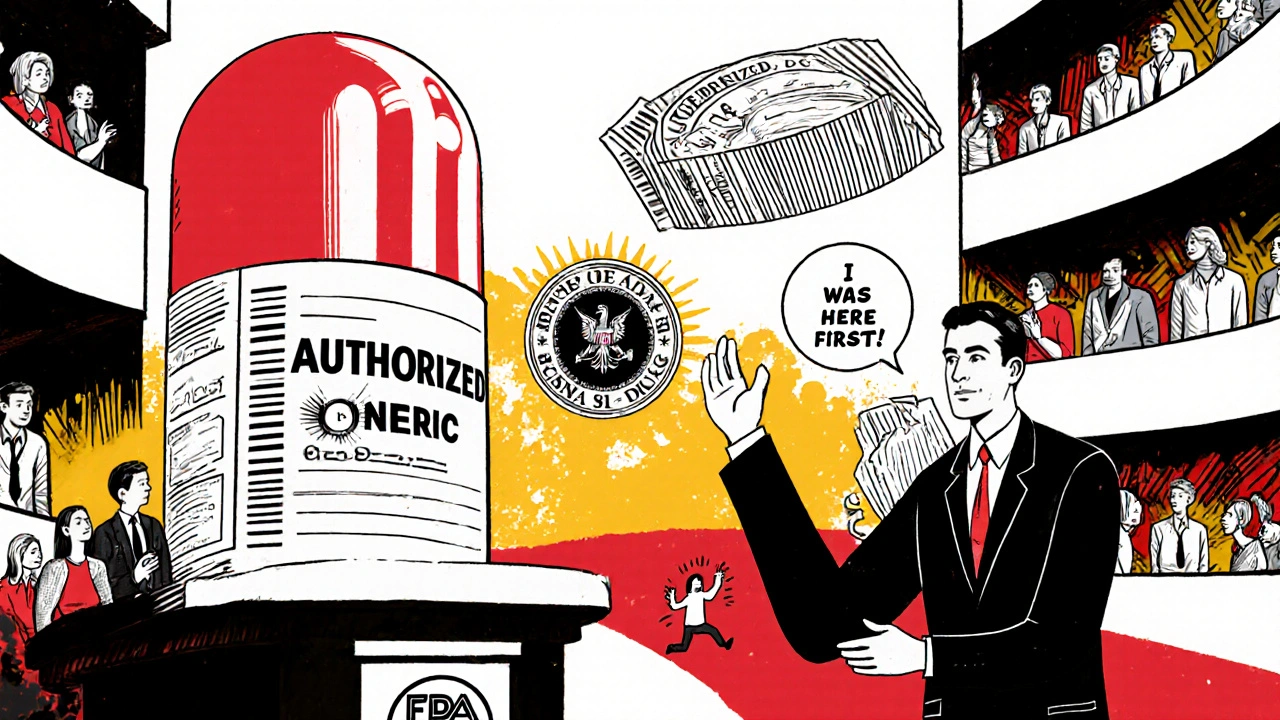
The Future of Authorized Generics
The FDA updated its authorized generic listing in October 2025, now including 1,247 products - up from just over 1,000 in 2022. Evaluate Pharma predicts that by 2027, 45% of major branded drugs will have authorized generics launched within 12 months of patent expiry. That’s up from 32% in 2022. But there’s pushback. In 2023, Congress introduced the "Promoting Competition in Pharmaceutical Markets Act," which would ban brand companies from launching authorized generics during the first generic’s 180-day exclusivity window. If passed, it could change the game. Some analysts think the strategy will keep growing. Others believe it’s a temporary tactic. As more generics flood the market, the profit margin for authorized generics will shrink. But for now, it’s a powerful tool for brand companies - and a quiet win for patients who need consistent, affordable medication.What You Should Know as a Patient
If you’re prescribed a drug that recently went generic:- Ask your pharmacist: "Is this an authorized generic?"
- If it is, know that it’s the same as the brand - no compromise in quality.
- Don’t assume all generics are the same. Authorized generics are the closest match to the original.
- If you’ve had issues with a traditional generic before, ask if an authorized version is available.
- Check your prescription label. If it says the drug name but not the brand name, it might be an authorized generic.
Are authorized generics the same as the brand-name drug?
Yes. Authorized generics contain the exact same active and inactive ingredients as the brand-name drug. They’re made in the same factory, using the same process. The only difference is the label - no brand name. The FDA confirms they are therapeutically equivalent.
Why aren’t authorized generics listed in the FDA’s Orange Book?
Because they’re marketed under the brand company’s original New Drug Application (NDA), not a separate Abbreviated New Drug Application (ANDA). The Orange Book only lists drugs approved through the ANDA process. Authorized generics skip that step since they’re the same product - just repackaged.
Do authorized generics cost less than traditional generics?
Usually not - they’re priced similarly. But their main benefit isn’t always the lowest price. It’s consistency. For patients who had bad reactions to traditional generics due to different inactive ingredients, authorized generics often work better because they’re identical to the brand.
Can I ask my doctor to prescribe an authorized generic?
Yes. You can ask your doctor or pharmacist if an authorized generic is available for your medication. Many pharmacies stock them because they’re reliable and often preferred by patients who’ve had issues with other generics. Just make sure your prescription is written for the generic name, not the brand.
Why do some authorized generics look different from the brand?
Manufacturers sometimes change the color, shape, or markings on the pill to avoid confusion with the branded version. But the inside - the active and inactive ingredients - is unchanged. That’s required by law. The FDA allows this to prevent accidental substitution, but it can cause patient confusion.

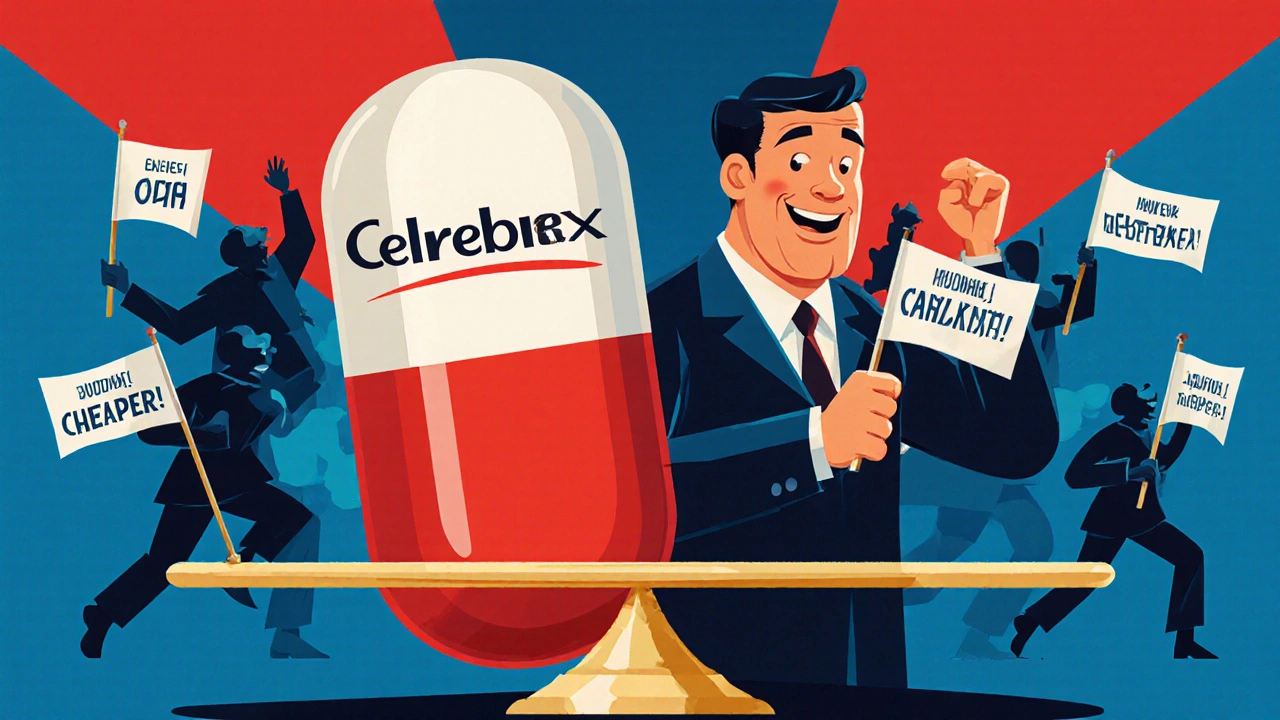
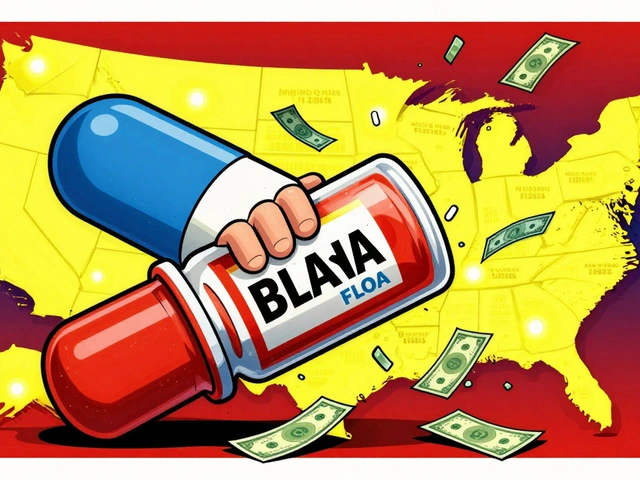
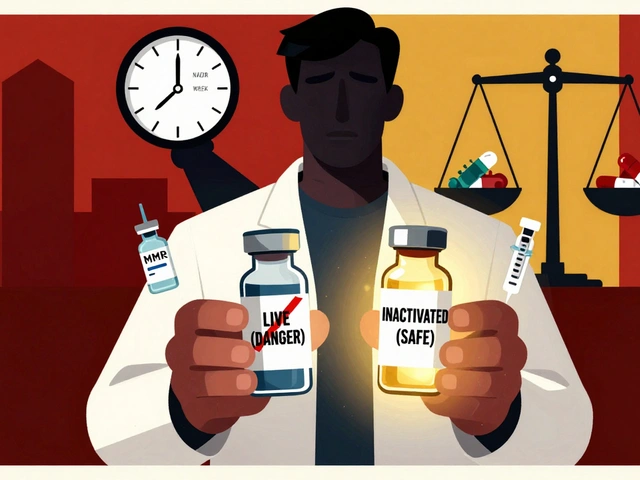
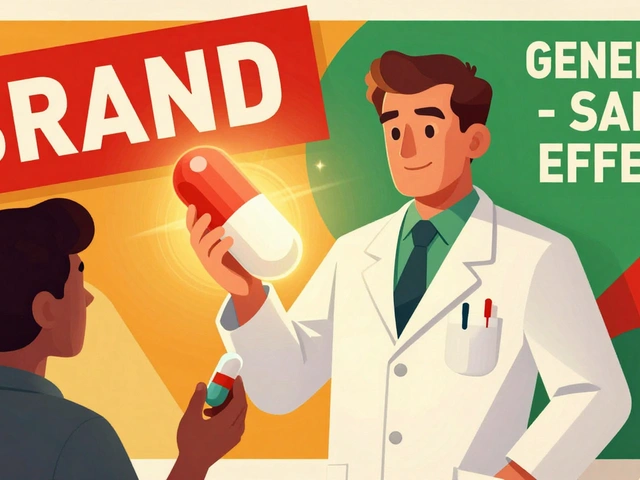
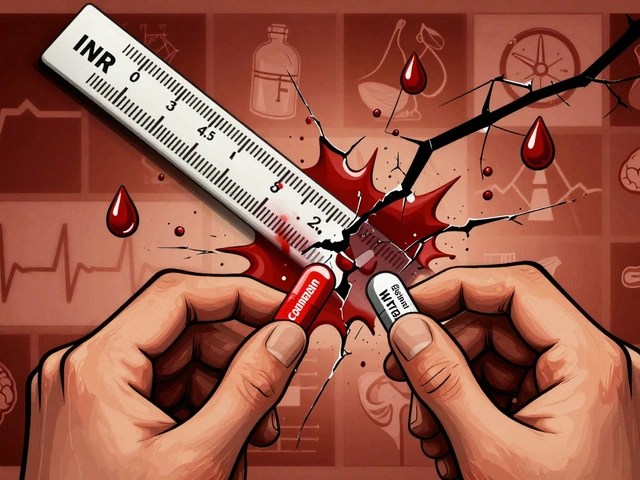
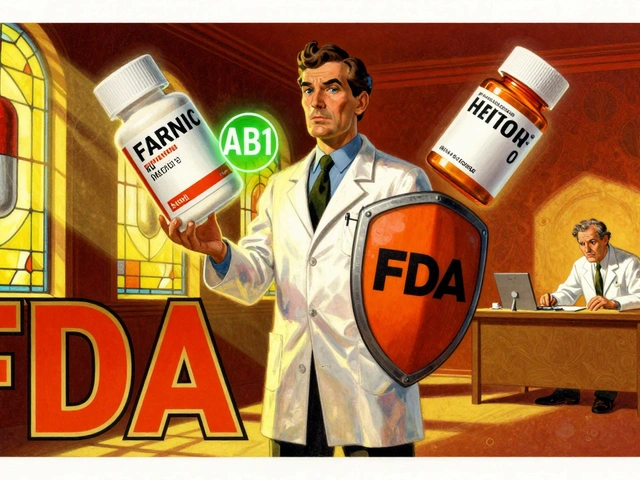
Shante Ajadeen
November 11, 2025 AT 08:19So basically, the brand company is just selling the same pill with a different label? That’s wild. I’ve been taking celecoxib for years and never knew it could be the exact same as Celebrex. My pharmacist just handed it to me like it was nothing. Guess I got lucky.
Really glad these exist. My insurance won’t cover the brand, but I was scared to switch to regular generics because I had bad reactions before. This feels like a win.
Wish more people knew about this. So many folks think generic = cheap and broken. Nah. This is the real deal.
dace yates
November 12, 2025 AT 12:17Wait, so if it’s the same drug, why doesn’t the FDA list it in the Orange Book? That feels like a loophole. Like, if it’s identical, shouldn’t it be treated the same? I get why they do it-business-but it’s kinda shady how they’re avoiding the ANDA process entirely. Feels like they’re gaming the system to keep control.
Also, why do some look different? If the ingredients are the same, why change the color or shape? Just to confuse people? That’s not helpful.
Danae Miley
November 12, 2025 AT 13:20Let’s be clear: authorized generics are not a ‘win’ for patients-they’re a strategic profit preservation tactic by Big Pharma. The FTC’s own data shows they depress competition during the critical 180-day window. Smaller generic manufacturers get squeezed out before they even start. This isn’t patient care-it’s market control dressed up as affordability.
And yes, the FDA’s refusal to list them in the Orange Book is intentional obfuscation. It prevents consumers from knowing what they’re really getting. Transparency is the first step toward real competition. This system hides behind ‘therapeutic equivalence’ while actively suppressing it.
Calling this ‘smart medicine’ is corporate PR. It’s smart capitalism. And we’re paying for it-in confusion, in lost options, in eroded trust.
Charles Lewis
November 13, 2025 AT 17:14It is important to recognize that the phenomenon of authorized generics represents a nuanced intersection of pharmaceutical regulation, market economics, and patient safety. While it is true that these products are manufactured identically to their branded counterparts, the implications of their introduction into the marketplace extend far beyond mere pricing dynamics.
One must consider the broader ecosystem: the Hatch-Waxman Act was designed to balance innovation with accessibility. By allowing brand manufacturers to introduce authorized generics during the exclusivity period, the regulatory framework inadvertently creates a de facto duopoly, which, while reducing price spikes, also diminishes the incentive for independent generic manufacturers to invest in the costly ANDA process.
Furthermore, the absence of these products from the Orange Book creates a critical information asymmetry. Pharmacists, who are often the frontline educators for patients, are left to navigate this complexity without standardized labeling or database integration. This leads to inconsistent counseling, potential non-adherence, and, in some cases, clinically significant therapeutic failures when patients mistakenly believe they have received a bioequivalent substitute.
While the short-term benefit of lower prices is undeniable, the long-term structural impact on generic market entry and patient trust demands a reevaluation of current policy. Legislative proposals such as the Promoting Competition in Pharmaceutical Markets Act may be necessary to restore equilibrium to this delicate balance.
Renee Ruth
November 15, 2025 AT 05:43Oh my god. So the brand companies are literally stealing their own generics? Like, they make the drug, then slap a different label on it and call it ‘generic’? That’s not clever-that’s a scam.
And now they’re acting like they’re the good guys? ‘Oh look, we lowered prices!’ No. You just cornered the market before anyone else could even get in. You didn’t help patients-you protected your profits by pretending to be the competition.
And the worst part? People think they’re getting a bargain. They’re not. They’re getting the same expensive drug with a cheaper label. And the FDA lets them get away with it. This is why I hate pharma.
Samantha Wade
November 15, 2025 AT 12:58Let me correct a dangerous misconception: authorized generics are not a loophole-they’re a necessary safeguard for patient safety. For drugs with narrow therapeutic windows-like levothyroxine or warfarin-even minor differences in inactive ingredients can cause hospitalizations.
Traditional generics vary in fillers, binders, and coatings. That’s not ‘cheaper’-that’s risky. Authorized generics eliminate that uncertainty. They’re the only generics that guarantee identical formulation. That’s not corporate greed-that’s clinical precision.
Yes, they delay some competition. But when patients are stabilized on a drug and then get switched to a generic that makes them dizzy or nauseated, who wins then? The bottom line? Authorized generics save lives. The FTC’s data shows lower prices AND fewer adverse events. That’s not manipulation-it’s responsible innovation.
Stop vilifying a solution because it’s owned by a big company. The outcome matters more than the label.
Elizabeth Buján
November 15, 2025 AT 23:52i just found out my mom’s thyroid med is an authorized generic and i cried a little. she’s been on the brand for 15 years and kept switching to generics and getting super tired and weird. then the pharmacist handed her this one and said ‘it’s the same thing, just no name on it.’
she’s been stable for 6 months now. no mood swings, no weight gain, no panic attacks. it’s not magic-it’s just the same pill.
why isn’t this common knowledge? why do we make medicine so confusing? i just want people to know: sometimes the ‘generic’ is actually better. not because it’s cheaper. because it’s the same.
Andrew Forthmuller
November 16, 2025 AT 01:11Same pill. Different label. Done.
vanessa k
November 16, 2025 AT 08:14I’ve worked in pharmacies for 12 years and I can tell you-patients panic when their pill changes color. They think it’s fake. Or worse, they think we’re giving them the cheap junk.
Authorized generics are the quiet heroes here. We don’t get paid extra to explain them. No one trains us on it. But we do it anyway because we see the difference it makes.
One guy came in furious because his Concerta looked different. We showed him the label, explained it was the same drug from the same factory. He cried. Said his kid hadn’t slept through the night in years until he got this version.
It’s not perfect. But it’s the best we’ve got right now.
manish kumar
November 16, 2025 AT 14:06As someone from India where generic drugs are the backbone of healthcare, I find this whole authorized generic system fascinating-and slightly troubling. Here, generics are made by hundreds of small companies, often at a fraction of the cost. But in the U.S., it seems like the system is designed to protect big pharma’s profits under the guise of patient safety.
I understand the argument about inactive ingredients. But if that’s the concern, why not standardize generic formulations? Why not force all generics to match the brand’s exact composition? Why let the original manufacturer control the ‘safe’ version?
It feels like the U.S. has created a two-tier system: one for the rich who get the ‘same’ drug, and one for the rest who get the ‘probably fine’ version. That’s not equity. That’s exclusion dressed up as science.
Nicole M
November 17, 2025 AT 05:41so i just asked my pharmacist if my new metformin was an authorized generic and she said ‘yeah, it’s the exact same as the brand.’ i was like… wait, so i’ve been paying extra for the label this whole time? 😅
why isn’t this common knowledge? why do we make medicine so complicated? just tell me what’s in the pill. not the brand name. not the marketing. just the facts.